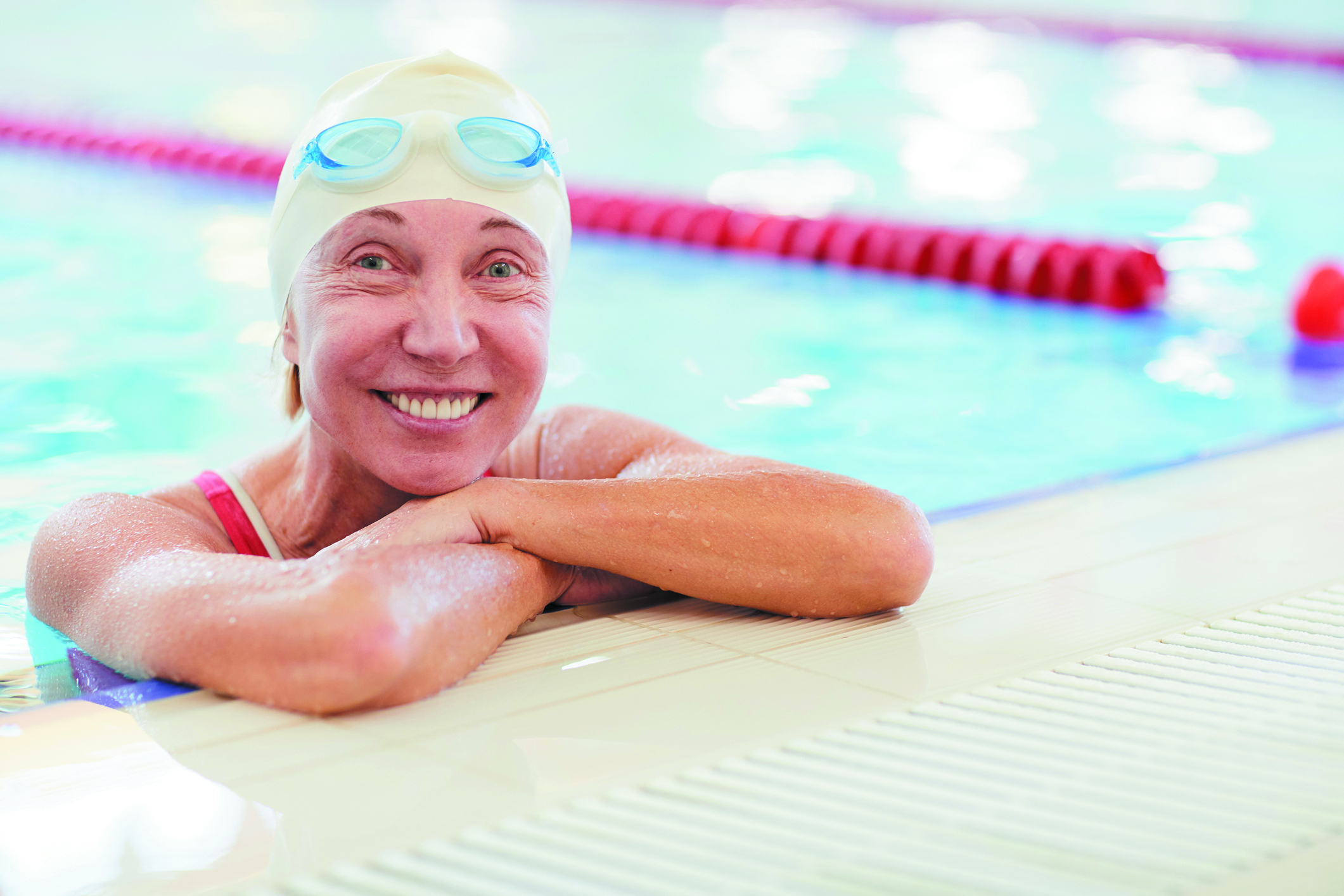Marked by widespread joint pain, tenderness, swelling, and stiffness, rheumatoid arthritis can leave you fatigued, steal your appetite, provoke low-grade fevers, and even cause heart, lung, blood, nerve, eye, or skin problems.
But it’s the pervasive pain that can sap energy and stop normal life in its tracks. The ever-expanding arsenal of drug options for RA often works far better at calming joint-damaging inflammation than quashing pain.
A whole-body approach
Prescription medications – which include disease-modifying antirheumatic drugs, biologics, corticosteroids, and nonsteroidal anti-inflammatory drugs (NSAIDs)—are typically front-and-center in RA care and with good reason: These conventional treatments can slow disease progression and diminish pain. But lingering pain—bad enough on its own—also launches a damaging cascade, tampering with well-being, thwarting sleep, and ultimately tanking your mood. If you need more than just medication to live comfortably with RA, integrative medicine may fill the void.
An umbrella approach that treats the whole person, integrative medicine complements traditional Western medicine in a yin-yang embrace. Western medicine typically works better to stabilize acute RA symptoms or curb flare-ups, while integrative medicine shines at managing day-to-day RA symptoms and helping patients reduce or even eliminate certain medications. It also targets disease aspects that exacerbate pain that medications alone can’t fully address. Integrative approaches to RA pain can be broken down into four main buckets: nutritional, physical, psychological, or a combination. Here are easy ways to incorporate them.
Nutritional approach
In RA, certain foods might make pain worse, with common culprits including dairy, gluten, and processed sugars. An elimination diet can help you identify your personal triggers. Don’t remove all possible triggers at once: Eliminate dairy first for two weeks and pay close attention to any possible joint effects. Then try another food group. This trial-and-error approach requires patience and vigilance.
You may also want to add RA-fighting foods to your diet:
- Omega-3 fatty acids. Found in fish and dietary supplements, omega-3s were shown in sweeping 2017 research to improve pain. Since most Americans don’t eat much fish, fish oil capsules are an easy alternative. If you’re vegan or don’t appreciate the “fishy burps” some get with supplements, try flaxseed, which is also rich in omega-3s and can be sprinkled on foods.
- Turmeric. This golden spice, readily found in teabags and curry powder, helps block proteins that promote inflammation and can soothe pain as effectively as some NSAIDs. For best absorption, use turmeric with black pepper.
- Ginger. Little beats a cup of ginger tea in the morning to jump-start stiff and painful RA joints by promoting circulation that actually makes joints feel warmer. Research points to this herb’s anti-inflammatory effects.
While fish oil, turmeric, and ginger supplements are widely available, they’re more potent than food-based forms and raise the risks of excess bleeding. If you’re on an aspirin regimen or prescription blood thinners, avoid these supplements and consume the nutrients only in foods, which requires no special considerations.
Physical approach
The last thing you may feel like doing when your joints hurt is to move more. But exercise and other consistent physical activity targets RA pain and swelling by warming joints and muscles, relaxing soft tissues, and promoting healing blood flow. Much research also points to pain relief benefits from endorphins, feel-good chemicals that have been dubbed the body’s natural opioids.
One of the easiest ways to get moving is in water. Swimming is gentler on joints than most land-based exercise and is often an effective bridge to get RA patients more active on terra firma as well. Since pool water is often heated, joints immediately feel better. Ask your doctor about aquatic physical therapy. Moist heating pads or warm baths can work wonders as well.
Acupuncture can fight pain as well. This traditional form of Chinese medicine is considered one of the oldest natural pain remedies, with research indicating it lowers levels of inflammatory chemicals and eases chronic pain. Using thin needles placed strategically around the body, the technique stimulates pressure points, releasing muscle tension and promoting blood flow that’s crucial to healing.
Using the same principles as acupuncture, self-massage applies pressure on key pressure points around the body to stimulate relaxation, circulation, and the body’s healing response. This can be done with hand and finger pressure, heat, or a small TENS (transcutaneous electrical nerve stimulation) device that delivers tiny electrical impulses through the skin. Ask your health-care provider for more information.
Psychological approach
Consistent stress relief efforts can relax unconscious muscle tension that can significantly worsen RA pain. Common techniques include journaling, talk therapy, and deep breathing exercises. Working with the mind-body connection pays off in other ways as well, promoting overall well-being and sounder sleep that improves pain tolerance.
Combination approach
Practices like tai chi blend elements of both exercise and stress reduction. This gentle martial art involving a series of slow movements has been shown in research to ease various types of pain and promote strength, flexibility, and balance. Tai chi also provides proven immune-enhancing effects and incorporates deep breathing, dampening the body’s stress response.
Beware snake oil
Pain makes us vulnerable: When it’s bad, we just want it gone. Discouragingly, some nefarious businesses and products prey on such desperation. Beware of exploitative and baseless online ads touting quick RA pain relief from intravenous or vitamin therapy. Also, certain botanicals promising less RA pain, such as the herb Tripterygium wilfordii (thunder god vine), can cause serious side effects like bone-thinning and male infertility.
Any supplement can potentially interact with RA drugs or other medications you’re taking, both prescription and over-the-counter, so tell your doctor about everything you take. Natural doesn’t necessarily mean safe.


